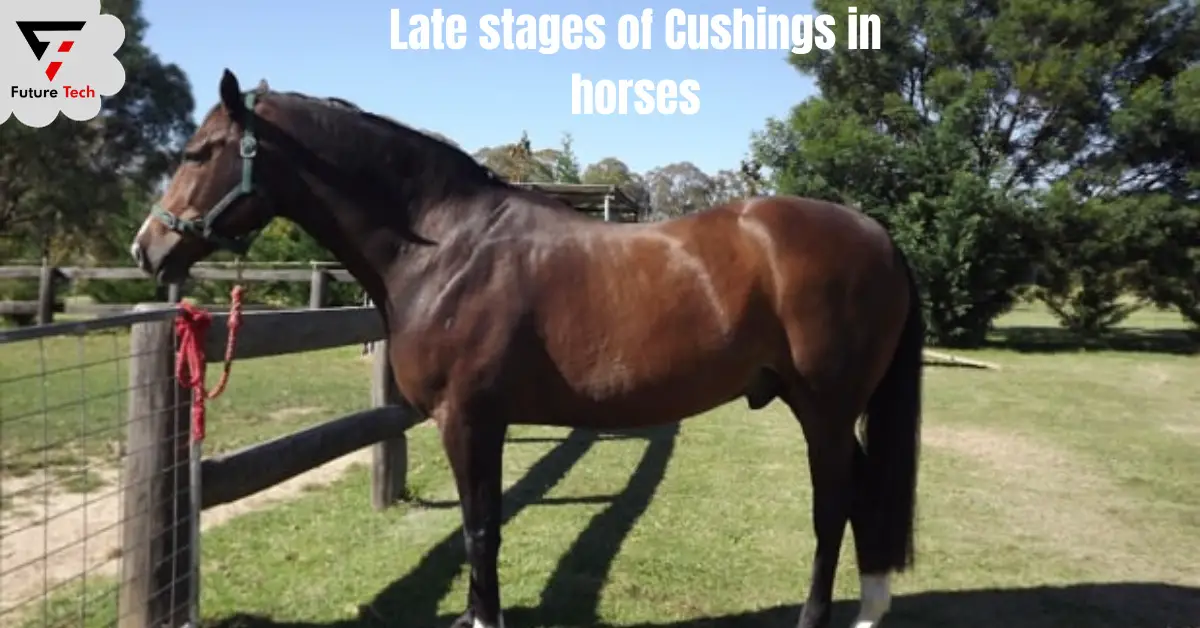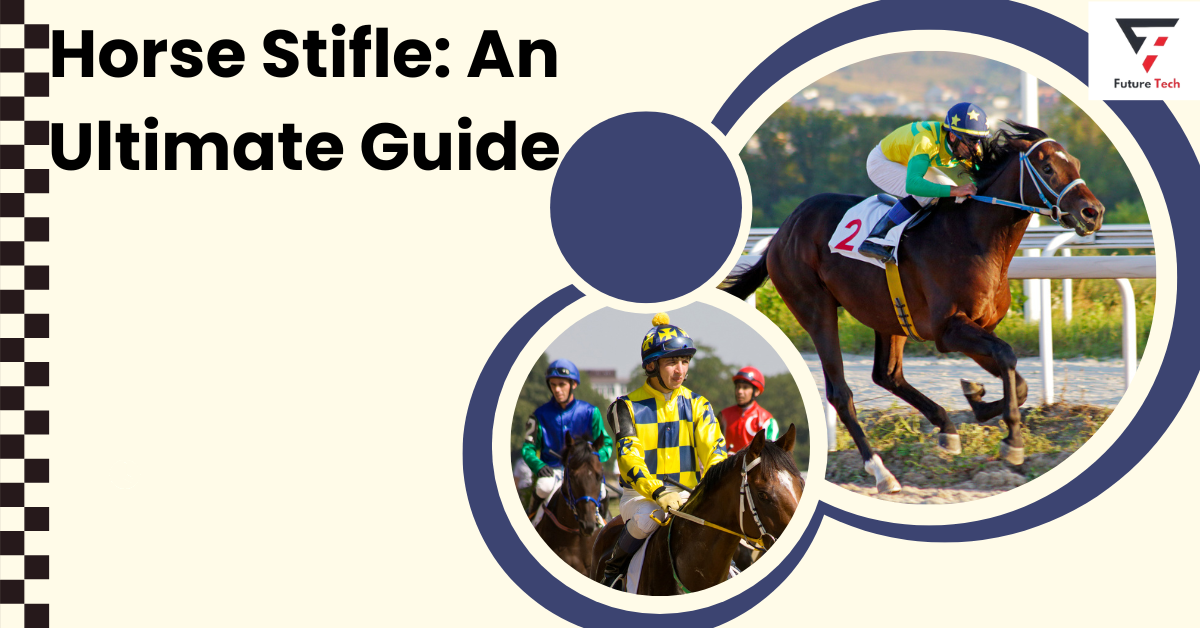Horses frequently suffer from White Line Disease (WLD), which is referred to as rotten toe. The white line, which connects the hoof wall and sole, allows bacteria and fungi to enter the inner layers of the hoof wall, causing it to become damaged. The hoof’s structural integrity gets damaged during this invasion, which causes the layers to separate and degenerate.
On the foot’s bottom, the white line is apparent. The unpigmented horn of the inner hoof wall and the horn of the sole connect there. Hoof wall weakening results from the degeneration of the horn at the white line, which causes the wall to separate from the structural elements. People have connected environmental, mechanical, dietary, and viral variables to the issue. Small or large areas might alter the white line.
White line disease: what is it?
The defining feature of white line disease, or WLD, is the invasion of bacteria and fungus that destroy hoof-wall tissue. Dr. Stephen E. O’Grady, a veterinarian and farrier, explains that there must first be a hole for these germs to enter. Mechanical issues like long toes or a club foot might cause a crack or separation in the hoof wall, creating an infectious condition.
White line disease begins with separating the hoof wall, though the exact cause is unknown. Three layers compose the hoof wall:
- The external layer, or outer layer
- The connecting layer, or layer medium
- the inner layer, or stratum internum
White line illness causes a hole between the middle and inner layers. When the stratum medium becomes insecure, bacteria and fungi can enter and continue to degrade the soft tissue. When performing primary foot care, your doctor should check for white-line disease because it might vary in how far it extends.
Thrush compared to White Line Disease.
Someone should avoid the mistake of Thrush for a line illness. Thrush is a bacterial and fungal infection of the frog. It is easy to identify by its horrible smell and discharge, which often collects on the tip of your hoof pick.
Thrush and white line disease are two of the most common problems farriers deal with. Thrush, which affects a frog’s sulci and occasionally deeper tissues, generally comes on by bacteria. Fusobacterium necrophorum is the most frequent villain responsible for some illnesses, such as foot rot in cattle and calves and navel/joint illness in foals.
Between the outer hoof wall and the insensitive laminae (also known as the stratum internum), the inner and thickest layer of the hoof wall, known as the stratum medium, is where White Line Disease (WLD) most commonly affects animals. Fungi that burn keratin enter the hoof through a crack in the hoof wall, producing this disease.
Usually, WLD begins at the bottom and works its way up, separating the hoof wall and leaving hollow spaces between the layers. This has connected many kinds of fungi. Someone must clean up the zone, remove all the sick horn tissue, and apply a substance to destroy the fungi.
Horse White Line Disease Symptoms
The following symptoms may appear in horses with white-line disease:
- In certain situations (depending on intensity), lameness
- enlargement of the sole-to-wall intersection
- The hoof wall’s inner surface has a mealy, powdery, or “seedy” appearance.
- The outside appears normal.
- The hoof wall pressing over the damaged area produces a hollow sound.
- A small or significant part of the hoof wall
Depending on the type of infection present, there may be dry, crumbly horn at the white line and blackened areas.
The hoof wall’s ground surface will start to look ragged and be more prone to breaking off.
Shoes with nails on will become an issue.
When tapped, the hoof wall may sound hollow as the gap increases up the wall.
Lameness will be evident as the split widens and stresses the remaining connections between the hoof wall and the sensitive laminae.
White line sickness causes pain. How does WLD function?
WLD does not result in lameness or any other apparent signs in its lower versions. However, the infection may spread upward, moving from the hoof’s bottom surface to the coronary band. More of the hoof wall can wear away, undermining the laminae that attach the skeleton bone, enabling the bone to sink or rotate and resulting in painful diarrhea.
Dr. O’Grady advises contacting a veterinarian if a horse with WLD or even hoof-wall separation shows lameness. X-rays can reveal the depth of the issue and assist in developing a treatment.
Why does white-line illness occur?
Unluckily, the origin of white-line disease is not usually clear-cut. In front of having a separation in their hoof wall, many horses lack WLD. It is, therefore, difficult to find the origin of the sickness. Although WLD can also happen in horses living in arid environments, wet environments may play a part.
WLD usually comes from some form of hoof capsule defect, such as a long toe, underrun heels, a club foot, or shorn heels.
Mud and debris may pack into any separations in a wet region with too much water, which could weaken the foot. (Restore muddy paddocks.)
Hoof wall of poor quality
- insufficient hoof wall conformation causes too much mechanical stress
- Hoof wall split or crack
- An environment with too much wetness, such as a permanently moist meadow
- Dehydrated feet, owing to drought, are more subject to cracks.
- Laminitis horses with a long travel
- insufficient foot care, such as a hoof wall that has grown too long
Diagnosis
Someone might use a hoof wall separation with a more extensive, softer-than-normal white line to diagnose the condition.
Someone could fill it with soft horn material that is grey or white or place black fluid from the separation to give it a silky texture.
A horse becoming uncomfortable can use local pain relief to define a specific region causing pain.
Radiographs (x-rays) can show the degree of separation and the rotation of the hoof canal. This can aid in separating laminitis without a break of the hoof wall from white line disease.
Researchers have recognized fungus and bacteria from samples collected from the affected hoof area for research purposes. They rarely use this method in testing because it easily damages the material and produces incorrect results.
White Line Disease Treatment
To treat white line disease, the vet must remove the outer hoof wall that has separated from the inner layers. One can use hoof nippers, knives, or powered tools. The external layers should have cracks or fissures filled up using a drill burr. Apply topical iodine every day for a week or until the broken layers of the sensitive laminae are dry and healthy to treat any exposed infections.
Another vital aspect of treatment is therapy shoeing. A heart bar shoe shifts weight-bearing forces away from the injured and weak area and toward the frog and lower portion of the foot. A wide-webbed shoe could cover the treated area and the thinned wall. Someone can need to use a wooden glue-on shoe to fix significant errors that cannot nailed on.
Removal of the hoof wall
Resection of the hoof wall is likely essential in severe cases where hoof wall separation has gone far upward. Remove the outer hoof wall to reveal the region affected.
To make sure the edges of the resection are areas of secure attachment between the hoof wall and the foundation, the resection continues upward and sideways around the room.
The resected region should stay open and dry as the hoof wall heals. During regeneration, there are several ways to maintain the resected part dry and clean, such as:
- Use dry bedding made of wood shavings or dust
- Keeping her bed clean and fresh
- avoiding turns in a wet environment
- waiting for morning arrival till the grass is no longer wet
Adequate Hoof Care
Routine foot care is part of prevention and maintaining hoof health. Routinely clean the horse’s hooves to remove contaminants from the soles and reduce the possibility of microorganisms accessing any holes or cracks.
Prioritize proper farriery to maintain a solid hoof wall/sole connection and with plans to address problems like long toes or underrun heels.
This helps enhance the hoof’s weight-bearing distribution and might reduce the mechanical stress that affects the separation of the hoof wall.
The hoof becomes brittle with too much moisture, making damaging and microbial infection easier. The hoof wall expands and expands when it is moist.
As far as you can, keep your horse away from the source of moisture by putting them in stalls at night or out on a sandy, dry lot. Consider putting several teaspoons of salt in their hoof oil or conditioner and using it regularly when the air is wet.
Summary
Some know White Line Disease (WLD) as a serious progressive illness that affects the equine hoof. The variety of causes, diagnoses, and treatments for white-line disease continue to vex veterinarians and farriers. Furthermore, there is no clear definition of WLD because it only manifests as lameness, a hoof capsule bending, or a damaged hoof wall with severe separation. Clinical symptoms might range from a slight break of the hoof wall to a severe breakage of the exterior laminar connection that causes the distally located phalanx to move inside the hoof capsule. There have been many different treatments and topical medications offered for the treatment of WLD. However, most of these remain dubious, and only a small number have any scientific backing or proof of success.




